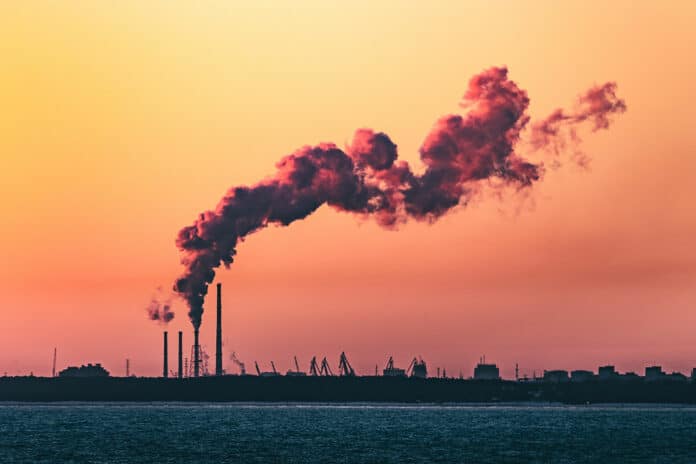Global warming is increasing at an alarming rate, as carbon dioxide (CO2) emissions reached levels our species has never experienced before. Efforts are continuously made in an attempt to achieve net zero CO2 emissions by 2050 and have a substantial decrease in CO2 emissions after 2030.
A new study from the University of Surrey has showcased the new technology that allows scientists to both capture CO2 from the surrounding atmosphere and repurposes it into useful chemicals such as carbon monoxide and synthetic natural gas in one circular process.
“Capturing CO2 from the surrounding air and directly converting it into useful products is exactly what we need to approach carbon neutrality in the chemicals sector. This could very well be a milestone in the steps needed for the UK to reach its 2050 net-zero goals,” said Dr. Melis Duyar, Senior Lecturer of Chemical Engineering at the University of Surrey.
“We need to get away from our current thinking on how we produce chemicals, as current practices rely on fossil fuels which are not sustainable. With this technology, we can supply chemicals with a much lower carbon footprint and look at replacing fossil fuels with carbon dioxide and renewable hydrogen as the building blocks of other important chemicals.”
The new technology uses patent-pending switchable Dual Function Materials (DFMs) that capture carbon dioxide on their surface and catalyze the conversion of captured CO2 directly into chemicals. The “switchable” nature of the DFMs comes from their ability to produce multiple chemicals depending on the operating conditions or the composition of the added reactant. This makes the technology responsive to variations in demand for chemicals as well as the availability of renewable hydrogen as a reactant.
“These outcomes are a testament to the research excellence at Surrey, with continuously improving facilities, internal funding schemes, and a collaborative culture,” Dr. Duyar continued.
“Not only does this research demonstrate a viable solution to the production of carbon-neutral fuels and chemicals, but it also offers an innovative approach to combat the ever-increasing CO2 emissions contributing to global warming,” added Loukia-Pantzechroula Merkouri, a Postgraduate student leading this research at the University of Surrey.
Journal reference:
- Loukia-Pantzechroula Merkouri, Tomas Ramirez Reina, and Melis S. Duyar. Feasibility of switchable dual-function materials as a flexible technology for CO2 capture and utilization and evidence of passive direct air capture. Nanoscale, 2022; DOI: 10.1039/D2NR02688K
